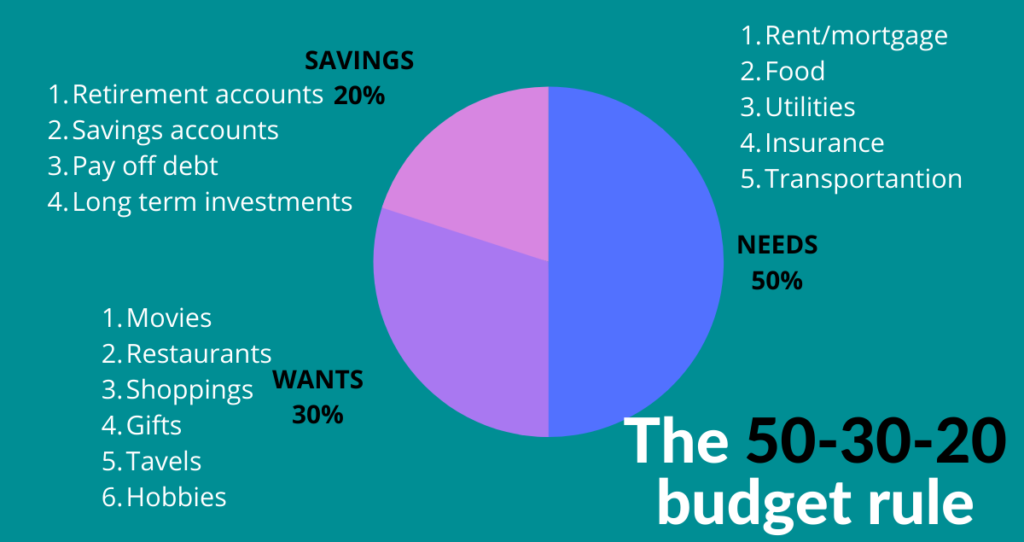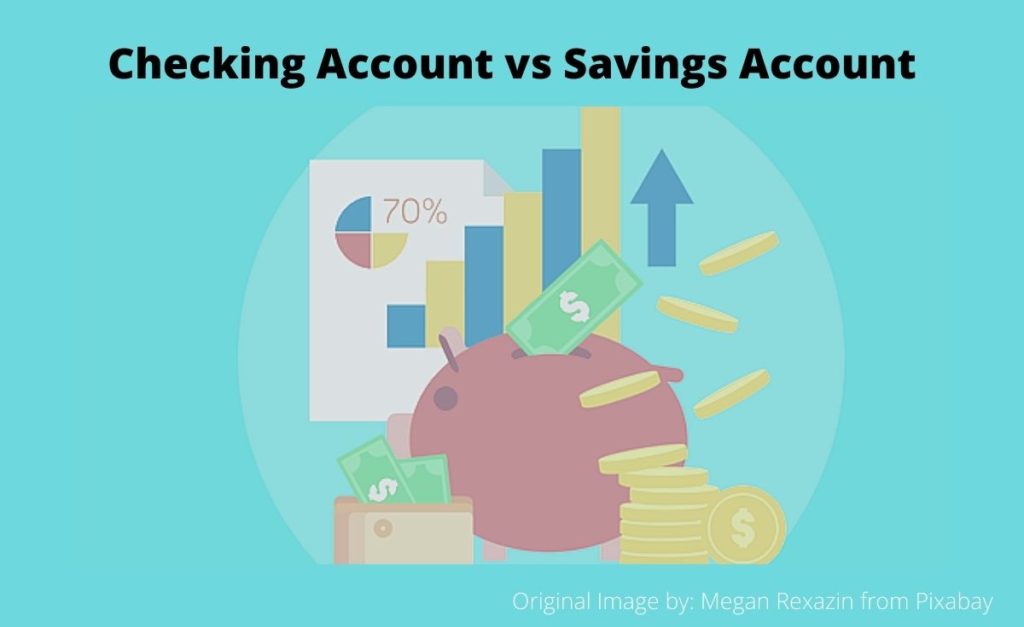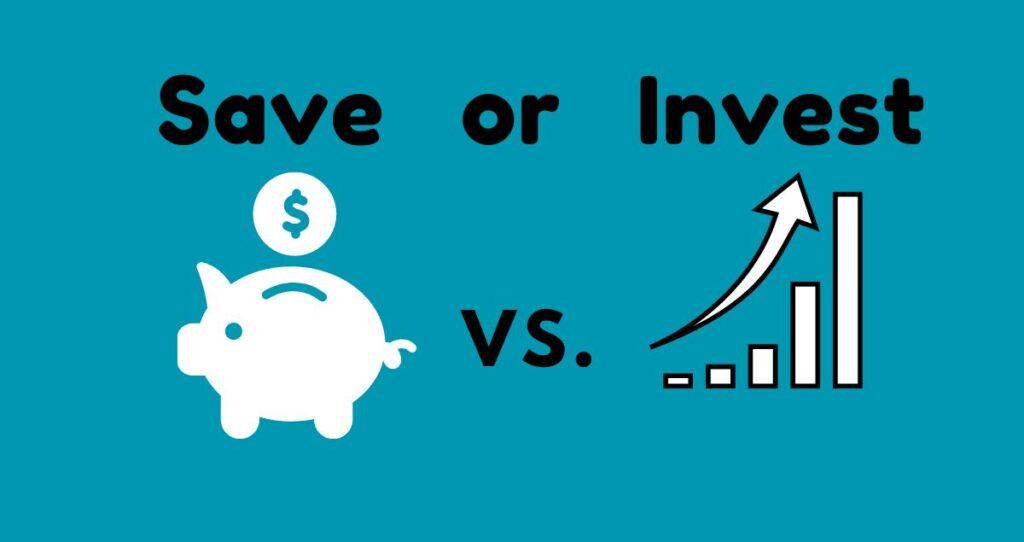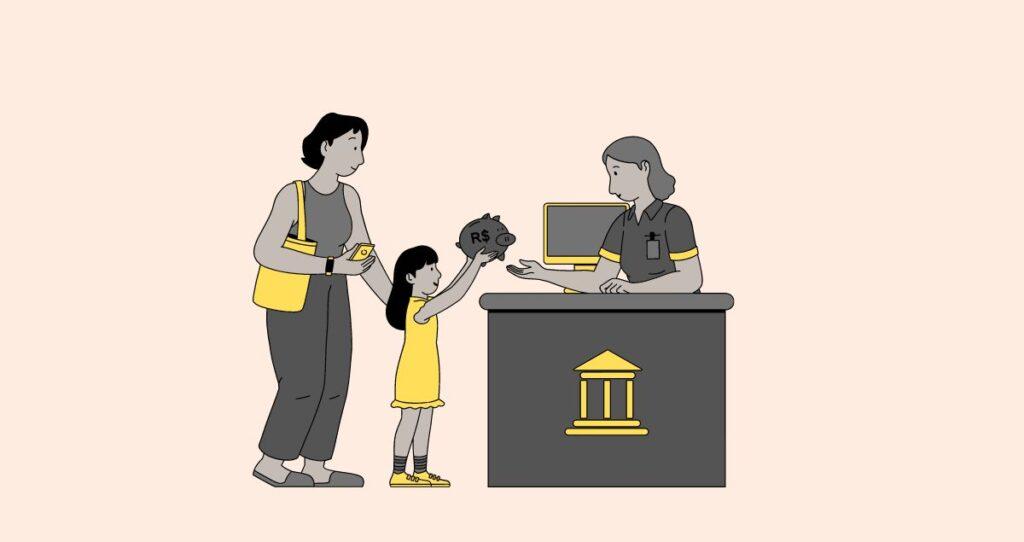If you are living paycheck to paycheck and cannot save money at the end of each month, adopting a savings challenge might be a great way to force yourself to save money. When you have the right money-saving strategies, saving money is not as hard as it sounds. A savings challenge comes in handy when you are looking for fun ways to save money or when you have a specific goal to save money for.
Whether you want to save for a short-term goal such as a down payment for a house or a car purchase or long-term saving goals such as retirement savings, there are many savings challenges to help you achieve your financial goals.
In this article, I will walk you through fun weekly, bi-weekly, monthly, and yearly money-saving challenges you can start today to improve your financial situation.
When should you use a savings challenge?
The first time I started a savings challenge, I was saving for a house down payment. I used an extreme saving strategy where within 2 years, I already saved 20% of the required down payment.
Using savings challenges helps the most when saving for a specific financial goal. In my case, I was saving for a down payment on a house. If you are like me, using a savings challenge can help you stay on the right track, track your progress, and achieve your goals. Without a savings challenge, you can easily spend your money every month leading to living paycheck-to-paycheck and being unable to save and invest in your future.
What makes money saving challenges great, is that they work no matter your financial situation. For example, if you have a low income, there are savings challenges where you save as little as $1 per day which is manageable even if you are poor. On the other hand, if you have a high income and want to save a lot of money, there are savings challenges where you can save a specific amount such as weekly or monthly money-saving challenges until you have reached your savings goals.
Saving challenge ideas to stop living paycheck to paycheck
There are many savings challenges to choose from and the savings strategies you pick will depend on your savings goals and financial situation. If you are a low-income earner, start with simple money-saving challenges such as the coffee break-saving challenge.
But, if you are saving for a down payment for a house, saving $5 per week won’t help you reach your fast enough. In this case, taking on a more aggressive saving challenge will be more effective. If you are saving for a flight ticket, on the other hand, using the spare change savings challenge can help you save the required funds.
Here are savings challenge ideas you can start as early as today.
Weekly money-saving challenge ideas
- The $5 savings challenge. This savings challenge is one of the most effective savings strategies you can start any day. The $5 savings challenge is a weekly savings strategy where you allocate $5 in an account or envelope for the first week and increase your savings rate by $5 every week. That is you will save $5 in your first week, $10 in 2nd week, $15 in the third week, etc.
- The spare change savings challenge. With the spare savings challenge, you save your change in a jar or container for every transaction you make with cash. At the end of the year, you might have saved a few dozen dollars or hundreds depending on how often you shop.
- The no eating out challenge. This money-saving strategy is straightforward. The no-eating-out challenge works by avoiding eating out for a week. Instead of going out to eat, you make your meal at home to lower your food-related expenses. To be successful with this savings strategy, plan ahead of time, and focus on prepping the food you enjoy eating the most.
Bi-weekly money-saving challenge ideas
Bi-weekly saving challenge ideas are some of the greatest money tips you can start to improve your finances. If you get paid every two weeks, these savings challenges work even better since you can fund your savings accounts before spending the money.
Here are my favorite bi-weekly saving challenges you can start today if you are serious about financial planning and saving for the future.
Max-out your retirement accounts
This is one of my favorite money-saving challenges I practice every two weeks. Maxing out your retirement accounts such as 401(k) and IRAs, is by far the fastest way to save money and build wealth. Retirement savings can lower your taxes due to tax-deductible contributions, tax-free or tax-deferred growth, and possible tax-free distributions.
Your employer can also match your contributions up to a certain percentage which is a bonus. For 2024, you can max your 401(k) by contributing $23,000 or $30,500 if you are 50 or older. If you want to max out your 401(k) plan in 2024, your bi-weekly saving contribution to 401(k) will be $958. For the IRA on the other hand, the contribution limits for 2024 are $7,000 or $8,000 if you are 50 or older. In this case, make it a challenge to save $291 to your IRA every two weeks if you want to max out your IRA.
Emergency fund bi-weekly money-saving challenges
The amount to save in your emergency fund depends on your monthly expenses. Ideally, you should save between 3 to 6 months of expenses. So, figure out your monthly expenses and allocate a small amount to your emergency fund until you have reached the desired amount. For example, if your monthly expenses are $3,000, you must save between $9,000 and $18,000 in your emergency fund.
You might also like: Should you invest your emergency fund for better returns?
The miscellaneous money-saving challenges
While saving money for a car or a down payment on a house is great, sometimes you need to have an extra savings cushion. Saving for something you don’t even know is the smartest way to save. That is you don’t need a reason to save. This is where the miscellaneous saving challenge comes in.
All you have to do with this money-saving challenge is to save as much as you can in a high-yield savings account, certificate of deposit, bonds, or other deposit accounts with high yield. The purpose of this money is to support you in case you need it or keep building wealth if the money is not needed. For example, you can easily get money from a HYSA to buy an investment that yields higher returns.
You might also like: Which savings account will earn you the most money?
Monthly money-saving challenge ideas
- Salary trim challenge. With the salary trim money-saving challenge, you try to save 1% of your monthly salary. To figure out how much you need to save, calculate 1% of your yearly income and divide it by 12 to find your monthly savings rate. For example, if you make $100,000, 1% will be $1,000. Diving $1,000 by 12, you will need to save $84 each month.
- The coffee break savings challenge. If you buy coffee from a coffee shop, try to make your coffee at home for a month and save the difference. For example, if you spend $7 daily at Starbucks, making your coffee can cost you about $1 per cup. In this case, you will save $6 per day which translates to $2,190 per year on coffee alone.
- Bill saves challenges. One of my favorite money-saving challenges is the Bill Save Challenge. Every time you have $1, you put it in a savings account, jar, or envelope as an extra saving for every month of the year. By repeating this saving strategy, you can easily save thousands of dollars at the end of the year.
- The digital detox money-saving challenge. Just like the name sounds, digital detox allows you to save money by pausing or canceling your digital entertainment accounts. Not only does this savings challenge lower your entertainment cost, but it also improves your health as you focus on other fun events that improve your health and brain activities such as walking, family fun time, and playing games.
- Free entertainment month-saving challenges. The free entertainment challenge is linked to the digital detox challenge. To use the Entertainment Month challenge, only participate in free activities and events. Instead of paying for concerts and championship games, attend free events such as free music festivals, public events, volunteering, etc. This will allow you to save money each month which is essential to boosting your savings.
Yearly money-saving challenge ideas
- The spare change saving challenge. This saving challenge is an expanded version of the weekly spare change challenge. While you can save your spare change in a jar in one week or two, adopting this saving habit for a year is a great step to stop living paycheck to paycheck.
- The 52-week money-saving challenge. The 52-week savings challenge works in incremental order. Instead of saving one big sum of money, you save a small amount per week and increase your weekly saving rate for 52 weeks straight. For example, if you save $3 on week one, you will need to save $6 for week 2, $9 for week 3, $12 for week 4, and so on. By the end of the year, you would have saved over $4,134.00. To succeed with the 52-week money-saving challenge, start with the lowest amount you can afford to put away. Many people start with $1 on week one while others choose to start with $0.50 or $10. The secret is to start with what you can afford and stick to it.
- The penny-saving challenge. The penny challenge is similar to the 52-week challenge. These two saving strategies work the same way as the money you save increases for the second week. The only difference is that for the penny challenge, you save one penny for the first week, 2 pennies for the second week, etc. While the money you save at the end of the year is small, this strategy helps you build savings habits and discipline which come in handy when you need to save money for an expensive goal.
You might also like: 16 tips to stop buying things you don’t need
More savings challenge ideas
The no-car challenge
If you live in a city with reliable public transportation or bike-friendly, you might need to try the no-car savings challenge. Avoid using your car for a week, a month, or longer to lower your transportation cost by switching to public transportation, biking, or walking.
The holiday money-saving challenge
Most people overspend on holiday shopping. Start the holiday savings challenge, to lower your expenses during holidays. With the holiday savings challenge, you start saving money ahead of time each month until you have reached your savings goals for the holiday. For example, if you want to spend $500 on Christmas shopping, set aside $100 monthly starting from July. By December, you should have saved enough money to cover all your Christmas shopping sprees.
Vacation savings challenges
If you want to take a vacation, start a savings challenge many months ahead to avoid taking out loans or maximizing your credit cards due to lack of savings. Calculate how much you will need to spend for your vacation and divide it by the number of months you have left before your vacation date. For example, if your vacation budget is $2,000 and you will be taking a vacation in 7 months, you should save $286 every month for 7 months.
The envelope challenge
This money-saving challenge is a bit aggressive and works best for people who want to save money fast. Start by labeling 100 envelopes with $1, $2,$3, etc, up to $100. Then, put them in a cabinet or a container. The goal is to randomly grab an envelope and put in the amount that is written on the envelope. For example, if you draw a $50 envelope, you must put in $50 and set it aside. You will repeat this process for 100 days to have money in each envelope. After 100 days, you will have saved over $5,000.
The pantry savings challenge
If you are like me, your food likely gets rot or expires in your pantry without knowing it. The pantry savings challenge intends to correct this mistake. To practice the pantry savings challenge, focus on utilizing items in your pantry instead of shopping. This way you avoid buying things you don’t need and save money.
The 30 days savings challenge
This challenge requires you to put aside money per day. There is no specific amount you need to save. If you can only afford $1 per day, save it. On the other hand, if you can afford to save $20 daily for 30 days, do it. All you need to do is save extra cash daily for 30 days.
Online shopping freeze-saving challenges
Most people overspend when shopping online due to having access to hundreds of products on their screens. Everything looks great which triggers impulse shopping. To avoid spending too much money on online shopping, try an online shopping freeze for days, weeks, or months. You will be surprised by how much you will save.
Do money-saving challenges work?
If you have never had a savings challenge, you might be skeptical about starting one. The biggest question you might have is whether money-saving challenges work or if you will be wasting your precious time.
Before you change your mind, I have to tell you that money-saving challenges work and If it wasn’t for them, I would not have been where I am today. While my savings strategies differ from many of the financial tips I shared in this post, I am on my path to financial independence simply because I grounded myself with savings challenges and stuck to them for a long time. Money-saving challenges helped me lower my expenses, improve my financial habits, and keep me on the right track toward my goals.
What makes money-saving challenges effective is that they keep you focused and grounded. You cannot just spend knowing that savings goals are waiting for you. If you struggle to stick to your budget, a savings challenge will be a great way to simplify your budgeting lifestyle. Whether you are saving for a long-term goal such as retirement savings or a 529 college fund or saving for a short-term goal such as a card purchase, any money you put aside helps you achieve your financial goals faster.
More saving tips
16 tips to stop buying things you don’t need








